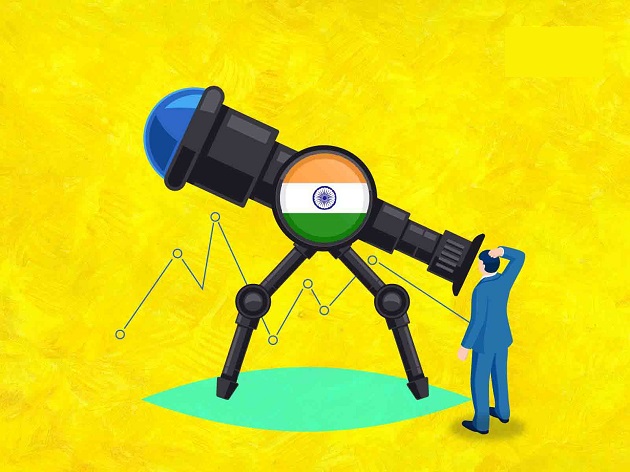The Data Security Council of India has highlighted some of these key challenges in a recently released whitepaper. Here is an outline of the impediments that come in the way of the extensive adoption of AI-driven solutions in India. AI has the potential to boost the national growth rate by 1.3% and add $957 bn by 2035 to India’s economy. This Technology is also well poised to address challenges such as affordability and availability of quality healthcare, education, and mobility solutions. But the sail is not all that smooth because there are significant hiccups along the way that are hampering a widescale adoption of AI solutions in India. Despite the well-acknowledged potential of AI to drive national growth and prosperity, there are significant hiccups along the way that are hampering a widescale adoption of AI solutions in India.
Let us have a progressive look at the challenges of AI Adoption in India
AI and Cloud Infrastructure: A Major Goal
AI and cloud are inseparable because AI is data-hungry and the cloud is the only viable solution. There are endless possibilities to scale up AI with its convergence with cloud computing. However, despite the potential, India lacks access to specialized compute and storage facilities that form the backbone of AI. A beginning has been made with India’s own AI-first compute infrastructure, AIRAWAT, which is a cloud platform for Big Data analytics with advanced AI processing capabilities.
Lack of AI Expertise and Investment Solutions
AI requires highly trained and skilled professionals, but being an emerging technology, the talent pool is limited. As per McKinsey, “Talent is one of the biggest challenges to AI, no matter how advanced a company’s digital program, it’s perhaps not surprising that companies are leaving no stone unturned when sourcing people and skills.” There are concerted efforts to be seen, in the form of NASSCOM’s FutureSkills Prime initiative, for instance, which aims to bridge the skilling gaps. Furthermore, high implementation cost resists numerous organizations to implement AI solutions. For instance, transforming a manufacturing plant from manual operation to automated operation would require high capital investment to integrate IIoT and other components of industry 4.0.
Poor Data Quality
Data is the backbone of AI, hence easy availability of open-source data is crucial for any country to accelerate AI innovation and adoption. Apart from regulatory restrictions on data, data annotation and labeling are tedious but essential processes to provide useful datasets. We are making headway, though; the government has very recently opened access to geospatial data and services, a step that is sure to encourage innovation in this area.
Unethical AI and ML solutions
With the advent of AI products and algorithms and their increasing role in decision making, ethics and morality have emerged as a major challenge for AI solution providers. An AI algorithm work based on training given to it, meaning the AI solution predicts instances based on the data being fed into it and based on the self-learning capability. However, in a few instances, the AI algorithm overlooks the correctness of the data and gives an ambiguous result. It is also possible for the results to be skewed due to tampering with the dataset itself.
Privacy and Data Security Apprehensions
AI solutions build on ML and DL are based on a huge volume of confidential data, which are often sensitive and personal in nature. Along with automation, AI also brings a range of security and privacy vulnerabilities, which can subsequently exacerbate any organization’s exposure to cyber risk and geopolitical risk. However, India is moving in the right direction with the Personal Data Protection Bill, 2019, and the National Cyber Security Strategy, 2020.






